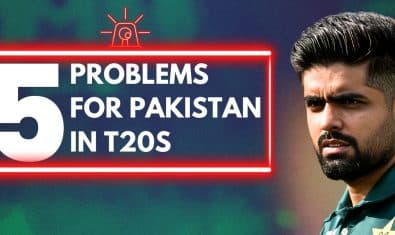External debt repayments are like a loaded cannon pointed directly at Pakistan and the country should opt for debt re-profiling instead of restructuring.
According to Arif Habib Limited (AHL), debt re-profiling is “less disruptive” and getting it done alongside a new International Monetary Fund (IMF) program will create “breathing space” which is needed to put the country’s financial house in order.
Why reprofiling over restructuring?
Debt re-profiling transactions change debt maturities to a later date without making any changes to coupons or interest payments. This provides the country time to put its financial house in order with good prospects for recovery without debt relief. According to IMF, given their less disruptive potential debt reprofiling could effectively create “breathing space” and address sustainability issues earlier and in a sustainable way.
A restructuring, in contract, imposes direct losses on creditors through the reduction of the coupon or principal of debt to lower a government’s debt-to-GDP ratio or interest expense burden. In terms of historical examples, in an exception access context, Uruguay successfully agreed to a debt reprofiling with its private creditors in May 2003, while a more recent example in a normal context is that of Mongolia in 2017 under an Extended Fund Facility (EFF) program.
New IMF Deal Viable for Debt Re-profiling
AHL in December 2022 said a new IMF deal was the only way to go for Pakistan. In its recent findings, the firm has reiterated the same stance as pivotal to managing the country’s medium to long-term external debt obligations.
The re-profiling of $13 billion in short-term bilateral and commercial debt from friendly countries is a less disruptive option to effectively create some breathing space to put the country’s financial house in order.
That said, such a transaction shall only be possible once Pakistan signs up for a new long-term agreement like SBA (Standby Agreement) likely post General Elections (due in Oct). Pakistan’s bilateral creditors have it abundantly clear that Pakistan needs to remain under an IMF watch before they are willing to commit additional funding and/or external support.
Pertinently, technical discussions with the IMF are said to have ended on Monday, with policy discussions beginning the next day. According to AHL, while the IMF’s return is encouraging, Pakistan still has a long way to go in addressing its macroeconomic vulnerabilities.
Persistent delays in the resumption of the IMF 9th review have further deteriorated macroeconomic indicators with forex reserves falling to an alarmingly low level of USD 3.1bn (less than 3 weeks of import cover) and the lowest levels since February 2014. In the midst of the precarious FX reserves situation and sizeable external repayment obligations over the next 3 years (USD 73 billion over FY24-26), premature discussions on debt restructuring have gained steam once again.






















